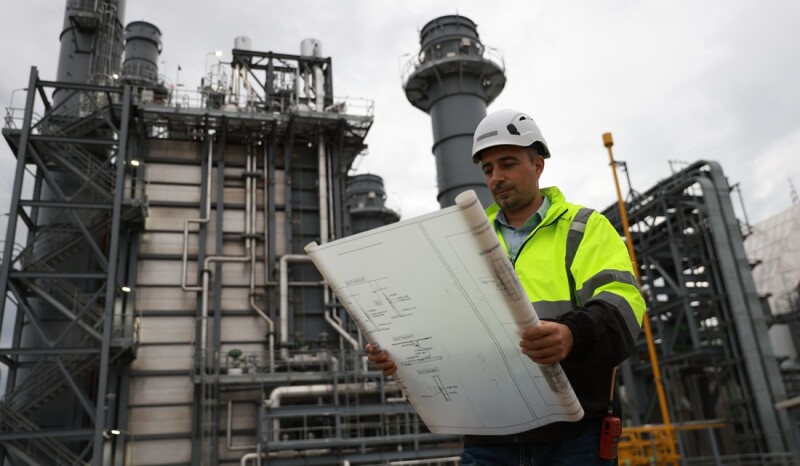Carbon capture and storage (CCS) is one of the key technologies that could enable a low-carbon energy transition. A new publication from Ipieca, the global oil and gas association for advancing environmental and social performance across the energy transition, highlights the role of CCS in the transition.
According to the Intergovernmental Panel on Climate Change, achieving net-zero CO₂ energy systems will require a major reduction in fossil fuel use, minimal use of unabated fossil fuels, and the application of CCS for remaining emissions. CCS can prevent large amounts of CO₂ from entering the atmosphere and has been in commercial use for decades.
While large-scale CCS is already in operation, widespread deployment faces barriers such as high costs, regulatory uncertainty, public acceptance, and the need for suitable storage sites. Ipieca’s new fact sheet points out that policy support and clear legal frameworks are essential to accelerate progress and ensure CCS can have a meaningful effect on emissions reduction.
Although electrification is advancing decarbonization, hard-to-abate sectors such as aviation, shipping, and heavy industry still rely on hydrocarbons. The fact sheet says CCS can help reduce emissions in these sectors and that the oil and gas industry’s expertise is crucial for scaling up CCS projects as part of the broader energy transition.
The fact sheet includes several case studies summarizing industry progress and investments, looking at cross-border CCS initiatives, CCS hubs, direct air capture technology, and transport and storage services.

